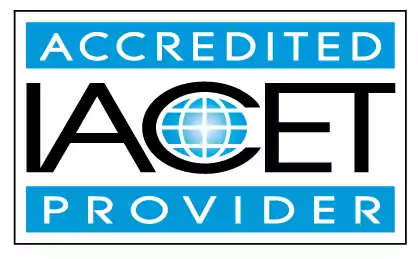Give examples of strategies to prevent traumatic brain injuries in infants and young children.
Prevent traumatic brain injuries in infants and young children through effective strategies. Explore the causes and consequences of traumatic brain injury in this vulnerable age group. Discover valuable information to support early childhood education and child care centers.Trainings incorporating this outcome
CDA Subject Areas
Proficiency Level
Target Audience
Topic Areas
States
Alabama (11) Alaska (11) Alberta (11) Arizona (11) Arkansas (8) Australia (11) British Columbia (1) California (11) Colorado (11) Connecticut (11) Delaware (11) District of Columbia (11) Florida (11) Georgia (10) Hawaii (11) Idaho (11) Illinois (7) Indiana (11) Iowa (11) Jamaica (8) Kansas (11) Kentucky (7) Louisiana (11) Maine (11) Manitoba (8) Maryland (10) Massachusetts (11) Michigan (11) Minnesota (9) Mississippi (11) Missouri (6) Montana (11) Nebraska (10) Nevada (7) New Hampshire (11) New Jersey (7) New Mexico (11) New York (7) Newfoundland and Labrador (11) North Carolina (8) North Dakota (10) Nova Scotia (9) Ohio (11) Oklahoma (10) Ontario (6) Oregon (10) Pennsylvania (9) Prince Edward Island (9) Puerto Rico (9) Quebec (9) Rhode Island (11) Saskatchewan (11) South Carolina (6) South Dakota (11) Tennessee (5) Texas (13) Thailand (8) United Kingdom (8) Utah (11) Vermont (11) Virgin Islands (10) Virginia (11) Washington (11) West Virginia (11) Wisconsin (11) Wyoming (9)
120 hours courses
102 hours courses
45 hours courses
24 hours courses
16 hours courses
5 hours courses
3 hours courses
2 hours courses
Related Outcomes
- Explain the possible causes and results of traumatic brain injury in infants and young children.
- Identify the signs of traumatic brain injury in infants and young children.
- Give examples of strategies that reduce stress in infants and young children.
- Give examples of strategies caregivers can use to ensure safe sleeping habits and the prevention of SIDS/SUIDS in infants.
- Give examples of strategies caregivers can teach young children to cope with grief in healthy ways.
- Give examples of strategies to help children resolve conflict amongst themselves.
- Give examples of resources and referrals for infants and toddlers and children with a suspect/diagnosed disability
- Define strategies for prevention of obesity in children including the role of the educator and why prevention is important.
- Give examples of strategies caregivers can use to prevent biting.
- Give examples of strategies for engaging young dual language learners.
- Describe the difference between unintentional injuries and nonfatal injuries children can experience.
- Give examples of ways to apply and model ethical behavior and professional integrity with all children and youth.
- Give examples of new open-ended art techniques to use with children.
- Give examples of developmentally appropriate musical activities for children.
- Give examples of appropriate sensory activities for infants and toddlers.
- Identify common interaction strategies to help promote a positive classroom environment for young children.
- Give examples of ways to collaborate with other professionals involved in the care and education of all children and youth.
- Demonstrate understanding of brain development in young children.
Related Articles
- Traumatic Brain Injuries in Infants and Young Children
- Online SIDS Training with Certificate: Texas
- Lesson Planning for Infants and Toddlers
- Healing Young Hearts
- Child care education
- How to prevent child injury using the course of 1,2,3 eyes on me
- Addressing Childhood Stress: Nurturing Resilience for a Thriving Future
- Understanding Shaken Baby Syndrome and Abusive Head Trauma: Crucial Training for Child Care Providers
- Managing Behaviors in the Early Childhood Education Classroom
- Common Childhood Emergencies and How to Handle Them: A First Aid Primer
- Infant and Toddler Supervision
- How to Promote Healthy Eating Habits in Young Children
- Why Every Educator Needs Trauma-Informed Care Training in 2025
- Is the 90-Hour Childcare Certification Really Worth It?
- Basic Health and Safety Training: Essential Skills Every Preschool Teacher Needs
- Child Care Director Certification: The Fast-Track Option for Busy Caregivers
- Starting an In-Home Daycare? The Ultimate Checklist.
- The Vital Role of Supervision in Early Childhood Settings
- Supporting Children with Big Emotions in the Classroom
 12 CEUs
12 CEUs